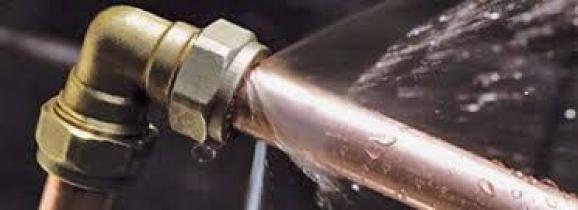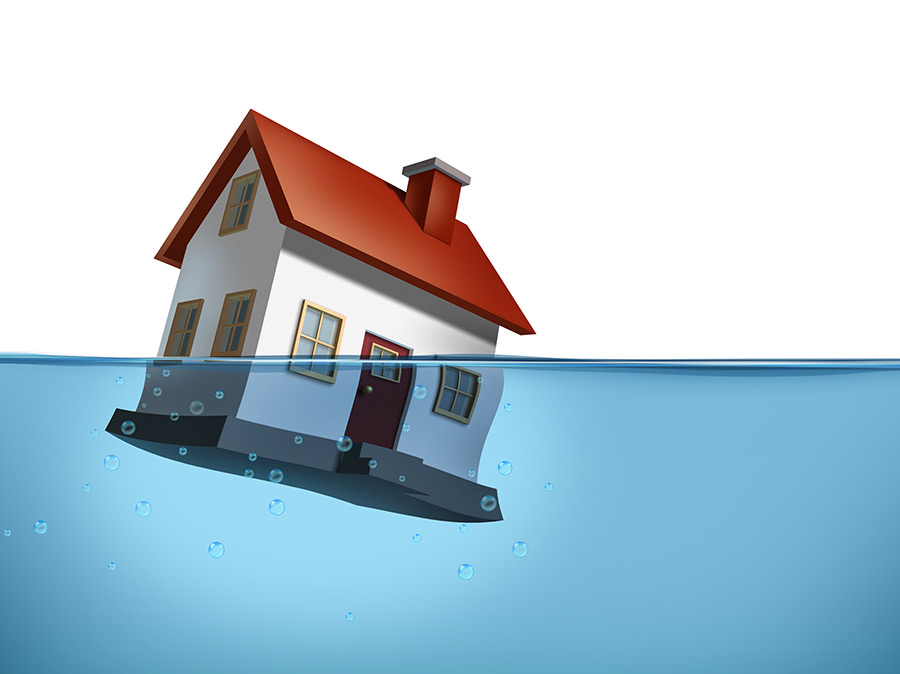Understanding the Six Most Common Water Leak Sources in Your Home
Understanding the Six Most Common Water Leak Sources in Your Home
Blog Article
What are your thoughts about How to detect water leaks in your home?

Leaks not just create waste of water yet can additionally trigger unneeded damage to your home as well as advertise unwanted organic development. However, water leakages may go unnoticed considering that the majority of the pipework in our house is hidden. By looking as well as comprehending for everyday scenarios that create leakages, you can secure your house from future leaks and also unnecessary damage. Today, we will certainly consider six leak creates that may be creating your pipelines to drip.
Instantaneous temperature level changes.
Severe temperature modifications in our pipes can trigger them to expand as well as get unexpectedly. This development and tightening may trigger cracks in the pipes, particularly if the temperature are below freezing. It would certainly be best if you kept an eye on exactly how your plumbing functions. The existence of the formerly mentioned scenarios frequently suggests a high threat.
Rusty water systems
As time goes by, your plumbing system ages and also corrosion such as rust may begin eating away the pipelines. This could be the cause of discoloration or warping on your pipes. This asks for an inspection with your plumber right away. Consider changing the pipes since they are at a greater threat of corrosion than the newer models if our plumbing system is old.
Faulty Pipeline Joints
Pipe joints can degrade over time, resulting in water leaks. If you have noisy pipes that make ticking or banging sounds, specifically when the warm water is turned on, your pipe joints are possibly under a lot of stress.
Elbowing in origins
Many water leaks begin outside your house instead of inside it. If you observe an unexpected decrease in water pressure, claim in your tap, take time to head out as well as analyze your lawn. You may notice damp spots or sinkholes in your yard, which may suggest that tree roots are invading water lines creating water to leak out. You can have your plumber check for breach, particularly if you have trees or shrubs near your building.
Poor Water Connectors
Sometimes, a leakage can be brought on by loosened hoses and also pipes that supply your home appliances. More often than not, shifting is what triggers the loose water Links. You may find in the case of a cleaning maker, a hose might spring a leakage as a result of trembling throughout the spin cycle. In case of a water connections leakage, you may observe water running directly from the supply line or puddles around your devices.
Clogged Drains
Blocked drains pipes might be bothersome and also inconveniencing, but they can often wind up triggering an overflow leading to rupture pipes. Maintain getting rid of any type of materials that might go down your drains that might obstruct them to avoid such hassles.
All the above are root causes of leaks however not all water leakages result from plumbing leakages; some leakages could originate from roof leaks. All leakages should be repaired right away to stay clear of water damages.
Leaks not only cause waste of water however can also cause unnecessary damage to your house and also advertise undesirable natural development. By understanding and looking for day-to-day circumstances that cause leakages, you can safeguard your residence from future leaks and also unnecessary damages. Today, we will look at six leakage triggers that might be creating your pipelines to trickle.
At times, a leakage can be created by loosened tubes and also pipelines that provide your devices. In case of a water links leakage, you might observe water running straight from the supply line or pools around your home appliances.
How To Check For Water Leak In Your Home
How To Check for Leaks
The average household's leaks can account for nearly 10,000 gallons of water wasted every year and ten percent of homes have leaks that waste 90 gallons or more per day. Common types of leaks found in the home are worn toilet flappers, dripping faucets, and other leaking valves. These types of leaks are often easy to fix, requiring only a few tools and hardware that can pay for themselves in water savings. Fixing easily corrected household water leaks can save homeowners about 10 percent on their water bills.
To check for leaks in your home, you first need to determine whether you're wasting water and then identify the source of the leak. Here are some tips for finding leaks:
Take a look at your water usage during a colder month, such as January or February. If a family of four exceeds 12,000 gallons per month, there are serious leaks.
Check your water meter before and after a two-hour period when no water is being used. If the meter changes at all, you probably have a leak.
Identify toilet leaks by placing a drop of food coloring in the toilet tank. If any color shows up in the bowl after 10 minutes, you have a leak. (Be sure to flush immediately after the experiment to avoid staining the tank.)
Examine faucet gaskets and pipe fittings for any water on the outside of the pipe to check for surface leaks.
Undetected water leaks can happen without the home or business owner even realizing. If you suspect a water leak, but not able to find the source. It is time to contact a professional water leak detection service, The Leak Doctor.
How To Find a Water Leak In Your Home
https://www.leakdoctor.com/blog/How-To-Check-For-Water-Leak-In-Your-Home_AE197.html

I found that blog post on How to detect water leaks in your home while surfing the web. So long as you liked our page please remember to pass it around. Thanks for your time. Don't hesitate to stop by our blog back soon.
Set Up An Appointment Report this page